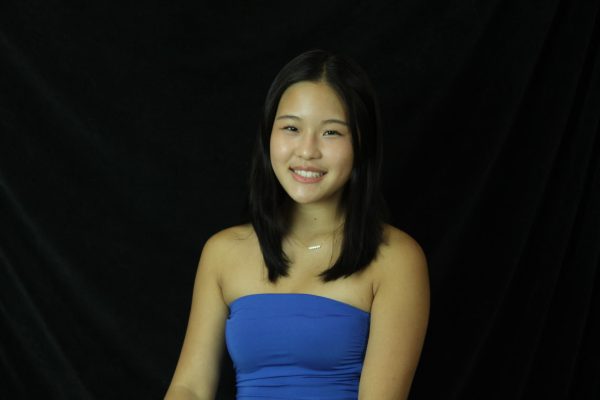Palo Alto Unified School District’s Technology/AI ad hoc committee aims to set a balance in the use of technology between educational support and academic integrity during Tuesday’s school board meeting.
Recently, the committee released its statement, PAUSD Generative AI Guidance. The document provides detailed text of: (1) the principles PAUSD hopes to uphold in the use of AI, including transparency and accountability, (2) the intended purpose of using AI within a school setting, such as fostering communication and increasing accessibility for students of all levels and (3) the circumstances in which AI is prohibited, which includes using the technology to “substantially complete assignments or exams.”
Back in September, committee lead and PAUSD Assistant Superintendent of Innovation Dr. Jeong Choe recruited over 30 community members, in addition to several staff and students, through an application sent in superintendent Don Austin’s weekly updates. According to PAUSD Educational Technology Coordinator Jackie Smith, the group met several times to draft out the document, drawing inspiration from the AI policies of other organizations.
“We had multiple discussions where we met either online or in person, and [there was] a lot of debate about what should go into the guidelines,” Smith said. “We also went out for input from the other two subcommittees – one at each high school, which included principals and teachers – so a lot of different voices were heard in the making of that document. Everybody has a slightly different perspective on what some of the upsides to it [AI] are and what some of the challenges are.”
Ariane Tuomy, curriculum and career education teacher facilitator, said the committee also reached out for feedback from the elementary and middle schools.
“We had around 30 responses from teachers, from pre-K all the way to high school level, giving comments on the guidance,” Tuomy said. “We took those comments and created a version 2.0. And after the third meeting, we came to our final draft.”
However, there are also concerns with the guidelines, which mentions rejecting “a one-size-fits-all approach, recognizing that individual students may have varying needs and capabilities in utilizing and benefiting from AI tools.” According to Tuomy, students may view the document as a justification for using AI, especially in a dishonest way.
“It’s an interesting question, where students may say, ‘this is now my bill of rights,'” Tuomy said. “There are some concerns by multiple stakeholders about the technology having an impact on skill acquisition, and a concern that students might use the technology in ways that actually doesn’t help them learn.”
To address this potential loophole, Tuomy said it is important to understand that the committee only provides general guidance around the use of AI. At the end of the day, engaging in student-teacher conversations and adhering to the teacher’s policies is even more crucial in ensuring a safe and honest learning environment.
“There’s a little paragraph at the top of the guidance that says this is the best way we can explain how the technology can support learning right now, with the understanding that it’s complex and evolving,” Tuomy said. “The guidance is not a dictate, because we know that the best people to decide what is best for students and their learning is their teacher, and sometimes also their parents.”
In the future, another factor worth addressing is the versatility of AI applications and setting specific guidelines for each school subject, according to PAUSD Chief Technology Officer Derek Moore.
“The AI tool for English departments is different from the AI tool for math or science departments,” Moore said. “We wanted it to be adaptable, based on different situations and different learning needs. We understand that depending on the discipline, or the subject, it [AI] could be used very differently.”
According to Smith, the guidelines are still open to revisions as technology continues to evolve.
“It’s by no means intended to be a document that will be unchanged for the next 10 years,” Smith said. “People have thoughts, questions, and ideas, and we are hoping to continue to get input and feedback if we need to revamp some of it. I’m excited to hear from students on all of the possible uses [of AI] and where we go next with AI.”




